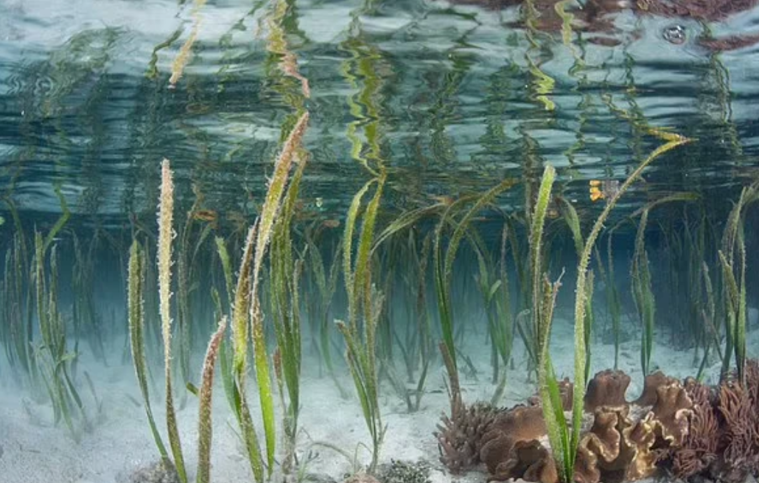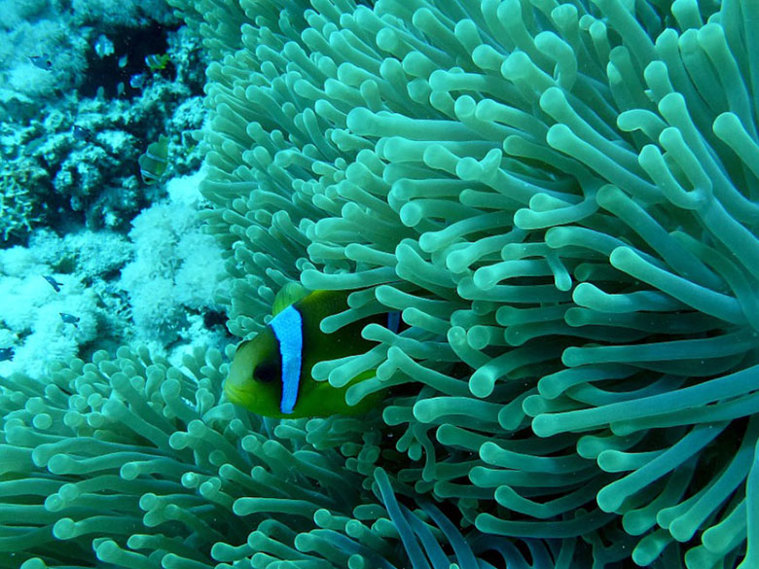19 Jan
2023
The vegetation here can be surprising!
On the shores and in the sea itself you can find a total of about 80 plant species. It may not seem like much, but do not forget about the climate and the record level of salt in the water.

It is important to remember that each plant is an integral part of the Red Sea ecosystem, and there are no unnecessary ones among them. Some are a staple food for the sea's inhabitants, while others shape the sea's microclimate, bottom topography, and water composition. This is critical for all biodiversity.
CYANOBACTERIUM
Cyanobacteria are the sole source of food for a huge number of fish. They grow in large colonies, their volume is very significant and they are considered one of the most important bacterial species on Earth. One of their varieties, Trichodesmium Erythraeum, tends to secrete the red pigment phycoerythrin. There is an opinion that this is not a coincidence...
RED ALGAE
Red algae are inextricably linked to coral reef formation. They produce calcium carbonate, which is the basis of plant stiffness and stability. They bind and fill in coral skeletons, forming massive sedimentary structures strong enough to withstand waves and erosion.
CORAL REEFS
Corals are actually alive, but we're talking about the skeletal material of these creatures. Coral reefs are home to many fish, mollusks and arthropods. It's a crucial source of food and protection. And, yes. They are very beautiful!
MANGROVE FORESTS
Coastal thickets of tropical trees that protect large coastal areas of the bottom. It's home to many species of fish, and they won't find another like it. It's also a huge source of food.

SEAGRASS BEDS
About ten species of them are also shoreline protection, shelter for a huge number of fish, food, and essential to the existence of many sea creatures and waterfowl. Most importantly, they are essential for green turtles and dugongs.
Although the Red Sea ecosystem is very stable, every leaf and every bacterium is part of a very fragile formation. It's important to remember that caring for each species will help keep a unique body of water in pristine condition: the Red Sea.
And of course it's a must see!
